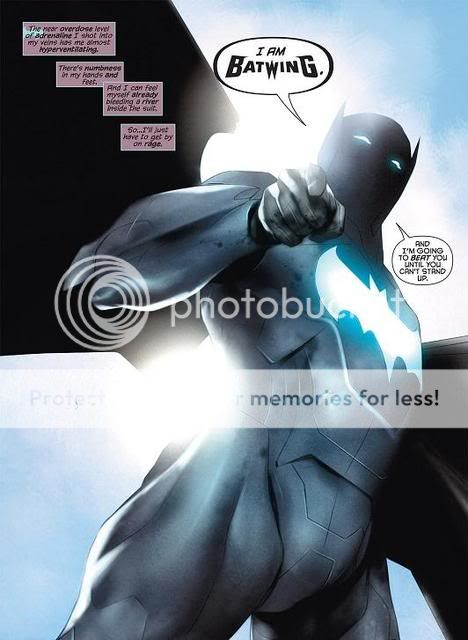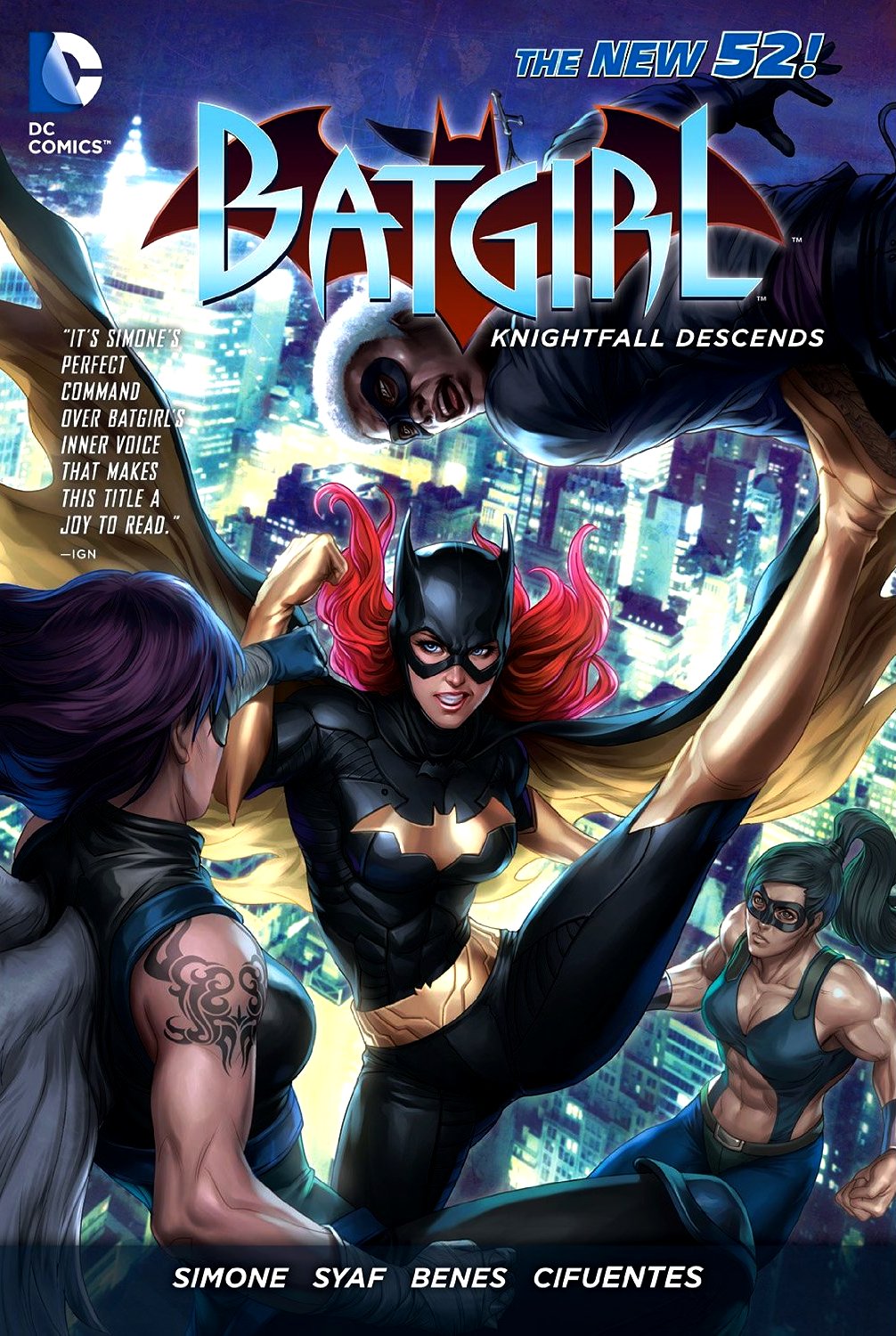Batman Vol. 3: Death of The Family (The New 52)
 |
| Joker takes the worst selfies. |
Writer: Scott Snyder
Artists: Greg Capullo and Jonathan Glapion
Background
Information:
Do I need to explain the Joker?
No? Good.
Review
This is actually the second Death of the Family tie-in that I’ve read. My first was Nightwing, which I wasn’t particularly
impressed with. Batman’s foray into the crossover gave me a greater
understanding of what was going on in Nightwing,
but its best achievement seemed to be making me enjoy Dick Greyson’s story
more.
Don’t get me wrong, it’s still a stellar story; but as with
all stories that have been hyped to the nth degree, there’s been a fair bit of
hyperbole that has infected a lot of the writing regarding the volume.
What? Oh yeah! The story. Sorry, this is a review, after
all!
 |
| That awkward moment when... |
The Joker is back in town and he has his eyes firmly set on
destroying the Bat-family of Nightwing, Red
Hood, Red Robin, Robin and Batgirl.
Joker’s of the mindset that Batman should only work alone, that he’s at his
prime when he doesn’t have all of these darn kids to worry about!
The Joker here is many things, and it’s really the strong
part of Snyder’s work. For starters, there’s a bit of Batman fanboy in the
Joker. Go online and you’ll see plenty of comments about how the Robins/Batgirl
are the weakest parts of the Bat franchise. How Batman’s always better as a
loner. How having a partner just cheapens the effect of caped crusader. Snyder
captures that attitude perfectly in the Joker’s character, and thankfully
proves it wrong by the end, showing a Batman who becomes greater than ever for
his ability to care for his Batkids.
Then there’s the idea of Joker being Batman’s court jester,
with other Batman villains represent the “bat-kings” other court members. It’s
here that Snyder really gets to the heart of things; why are these incredibly
dangerous and terrifying villains after a man who, lacking any actual
superpower, shouldn’t be seen as a threat at all? It’s not a question that we
get to see answered, unfortunately, but at least Snyder doesn’t pretend that
the question doesn’t exist.
Finally, and perhaps most interestingly, there’s the idea
that Joker has a kind of “love” for Batman. This has been criticized by the
Comic Book Journal as being reflective, and encouraging of, a perceived “gay
scare”. The argument seems to be that because the Joker can be interpreted as
being homo-erotic, the book seems to have some unwitting homophobic agenda
behind it.
Because, apparently, the LGBT community must only be
victims- THAT’S the sort of uninspired typecasting a forward-thinking man can
get behind.
Sarcasm aside, I really don’t think that there’s much to
these claims (shocking, I know). See, if we are to perceive homosexuality as
normal and as present in all factors in our society, we must assume that it
extends beyond misunderstood heroes. We must be ready for the idea that there
are gay villains as well, and, supposing that we can really read Joker as a
character with any sexuality at all (he even implies that he never found Harley
Quinn attractive, which is by far one of the most poignant scenes in the
volume), that a homosexual villain would express his sexuality as rampantly as
heterosexual ones.
But I don’t think there is much of a sexual love in Jokers
obsession with the Bat. To me, Snyder’s Joker takes the role of 50s television
housewife, whose function seems to be less romantic, more domestic and
motherly. Sure, he uses romantic terms like “darling” and even calls one action
by Batman a sign of “love” (I won’t spoil it, though), but that seems to be a
weapon more than anything- a tool to disgust Batman not because Joker’s another
man, but because Joker’s a murderous psychopath. In this way, Joker’s romantic
references are no different to say, Poison Ivy’s sexualisation of multiple
dangerous scenarios. All up, though, it makes for a read that it truly
terrifying.
Like I said in the beginning, though, the real value of this
volume is that it makes me appreciate Nightwing’s crossover into it all that
much more. There’s some substance to it now; substance that wasn’t there when I
read the volume on its own, and that was greatly appreciated. The problem
though is that I found myself liking Batman less here. He doesn’t develop at
all in this volume and considering how the character grew in the first two
volumes, that’s pretty disappointing.
 |
| That even awkwarder moment when your butler is creepier than your nemesis. |
Batman fans should be warned that the best scene in this
volume, the emotional core of it, really doesn’t feature Batman at all, but
rather focusses on Alfred and the rest of the family. I won’t give it away,
because it’s a rather odd inspiring moment in a book that is otherwise chilling
and terrifying, but will say that it places Alfred firmly as the bat-family’s
“mother” figure. A scene where the whole family is picking itself up around the
butler is evocative of a “family hug”. A great moment, but one that seems wired
as the true hero of the book doesn’t seem to be its titular character.
That said, though, the family truly is dead by the end of
this volume, or at least seems to be. I wouldn’t be surprised if we didn’t see
many Batman family crossovers for a while. This is something that actually gets
me excited for the few volumes of the bat-books.
Batman Vol. 3: Death
of the Family gets a four out of five bouts of uninspired typecasting.
****
+ Joker is characterized brilliantly
+ Makes me appreciate Nightwing’s crossover more.
- I can’t say this book does much for Batman.
Alternate Option: The Joker: Death of the Family
All you really
need to read are the Batman titles, but this one will definitely help you
appreciate the impact of the story more.










